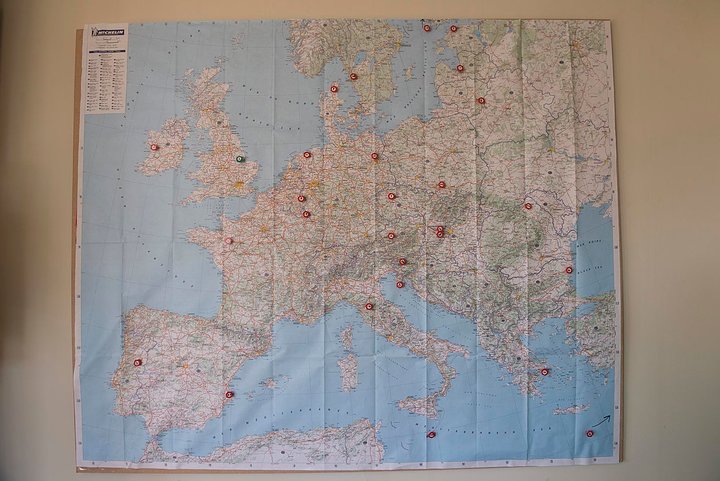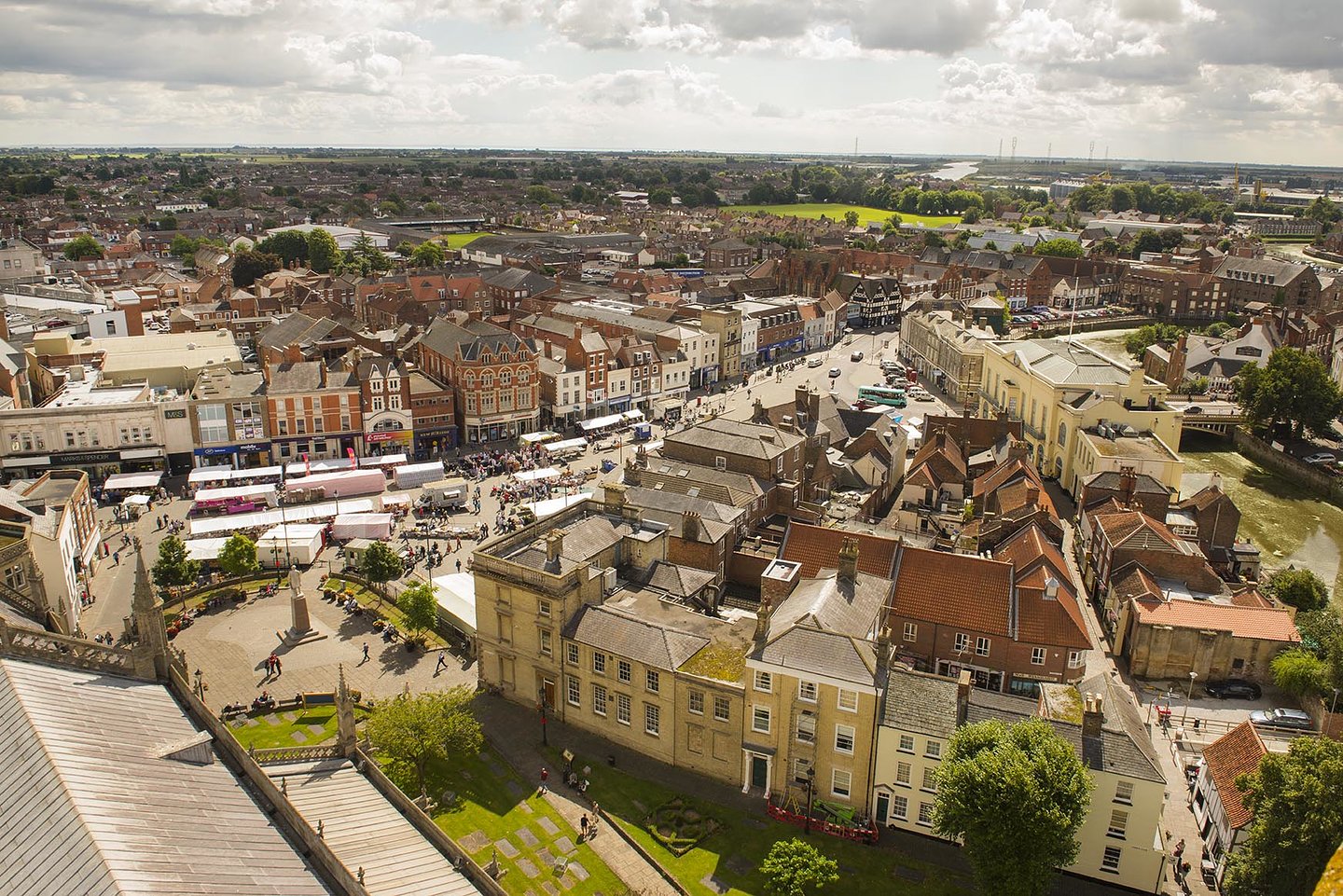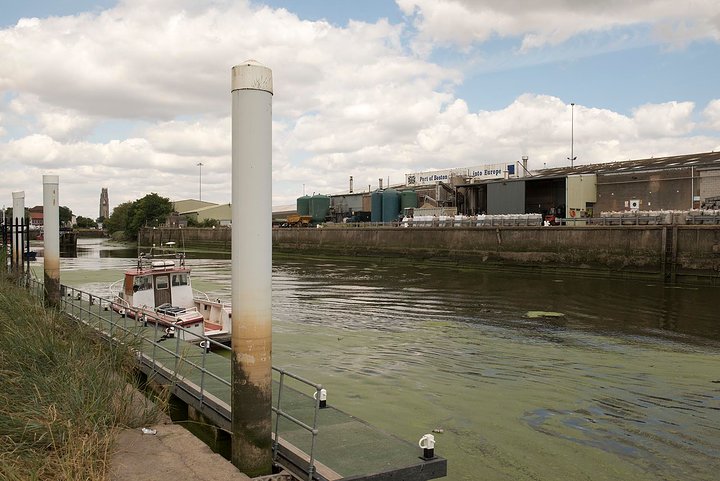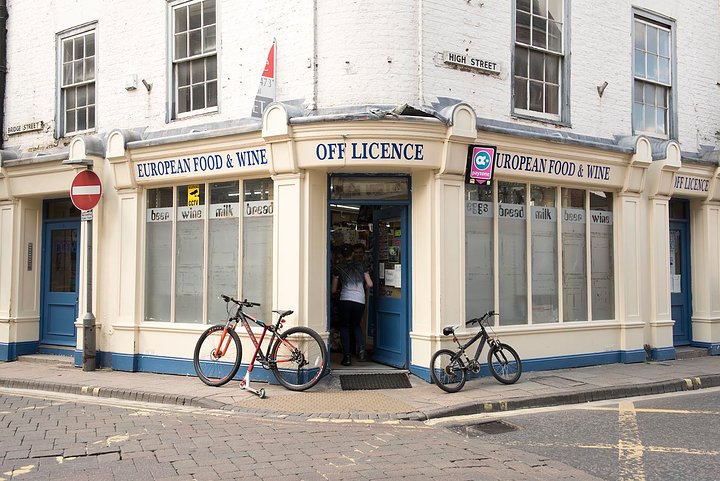Lithuania, country number 18 in my project but the second I have visited (the first outside of the UK). Lithuania joined the EU on May 1st 2004 following a referendum held on 10th and 11th May 2003. The referendum had a turn out of 63% with 90% of those voting in favour of joining. Bars and supermarkets encouraged voters to turn out by offering discounts to those who could prove they had voted.
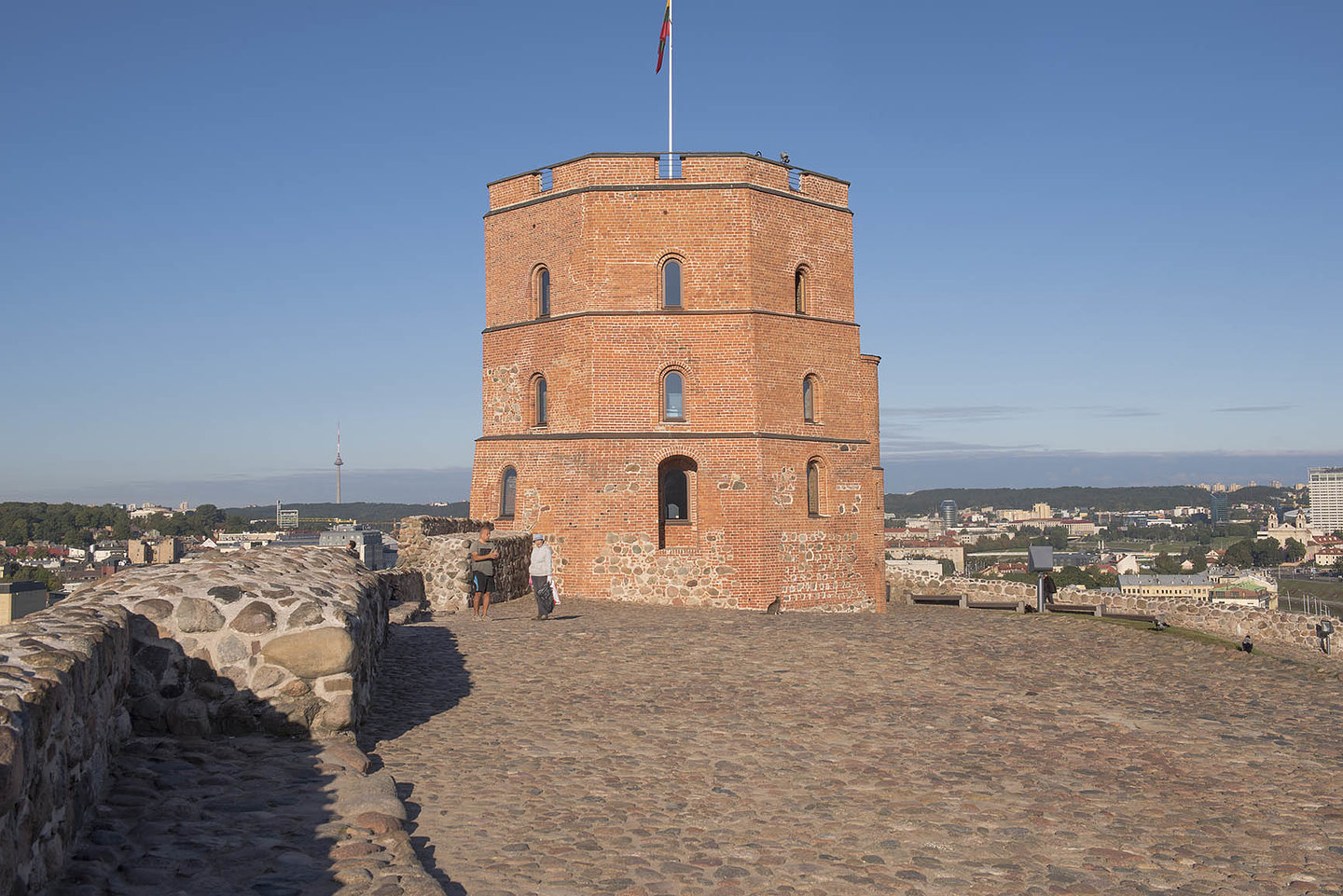 Gediminas Tower
Gediminas Tower
Gediminas castle and tower stand at the top of Gediminas Hill, the highest point in Vilinius Old Town. On 23rd August 1989 the tower was the starting point of the Baltic Way.Two million inhabitants of the Baltic states formed a human chain from Vilnius in the South to Tallinn in Estonia in the North in an effort to gain independence from the Soviet Union's occupation.
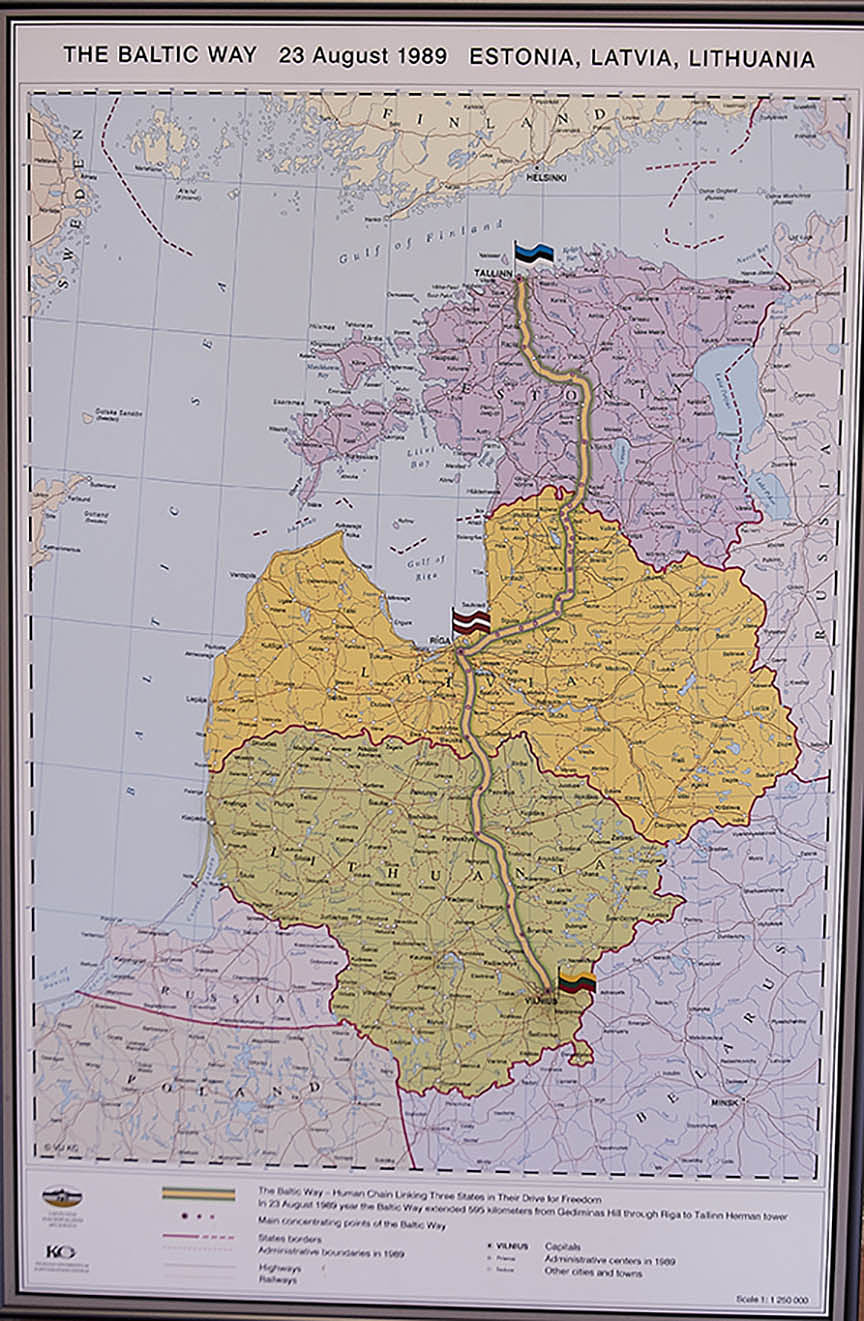 The Baltic Way
The Baltic Way
It was the largest and most effective demonstration in the Baltic State's campaign to regain their freedom.
So the Baltic Way started at Gediminas Tower and so did I. Having been pleased with aerial shots taken in Boston I thought I would take the same opportunity here.
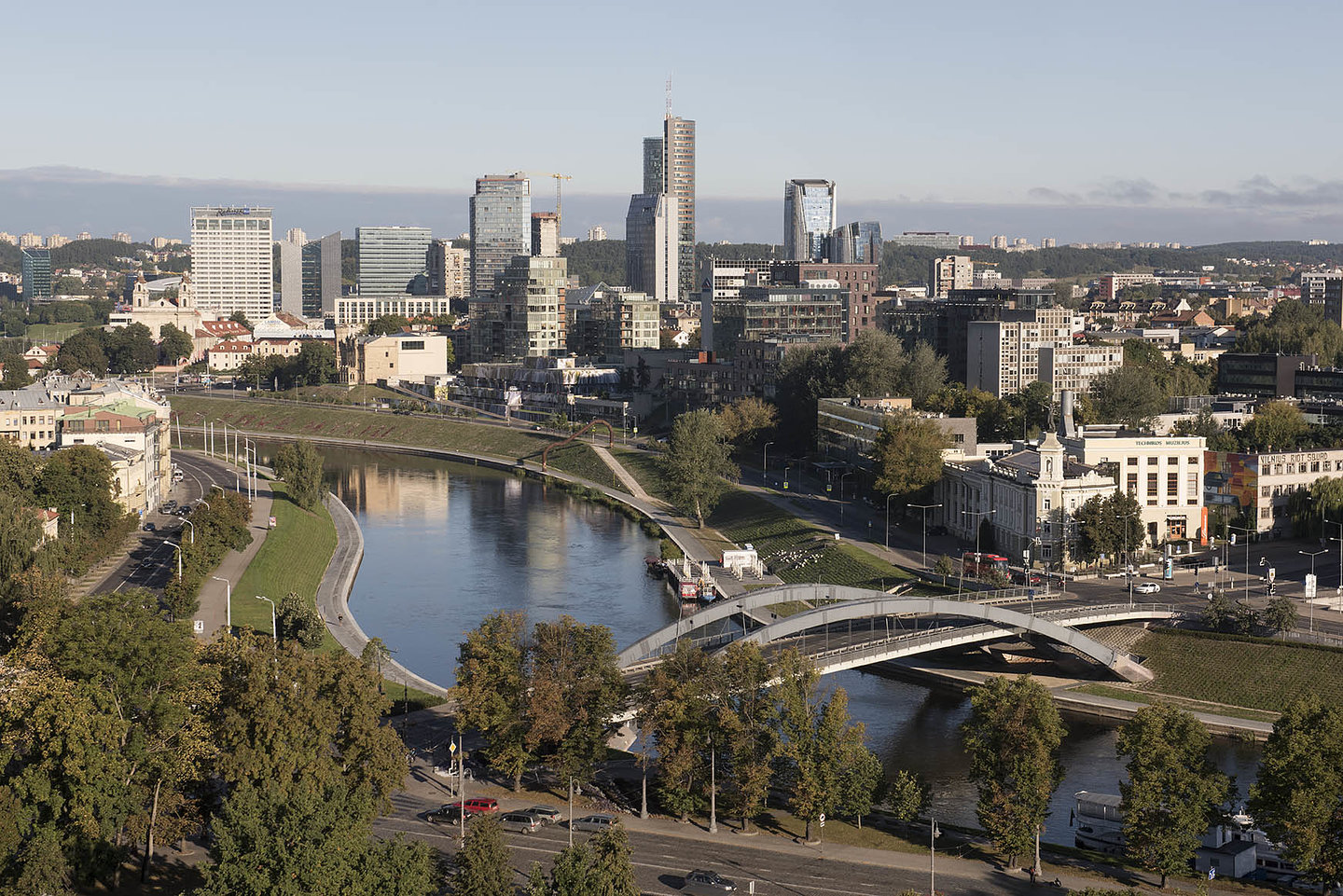 View of Vilius from Gediminas Hill
View of Vilius from Gediminas Hill
The view across the River Neris in the early morning light is breathtaking.
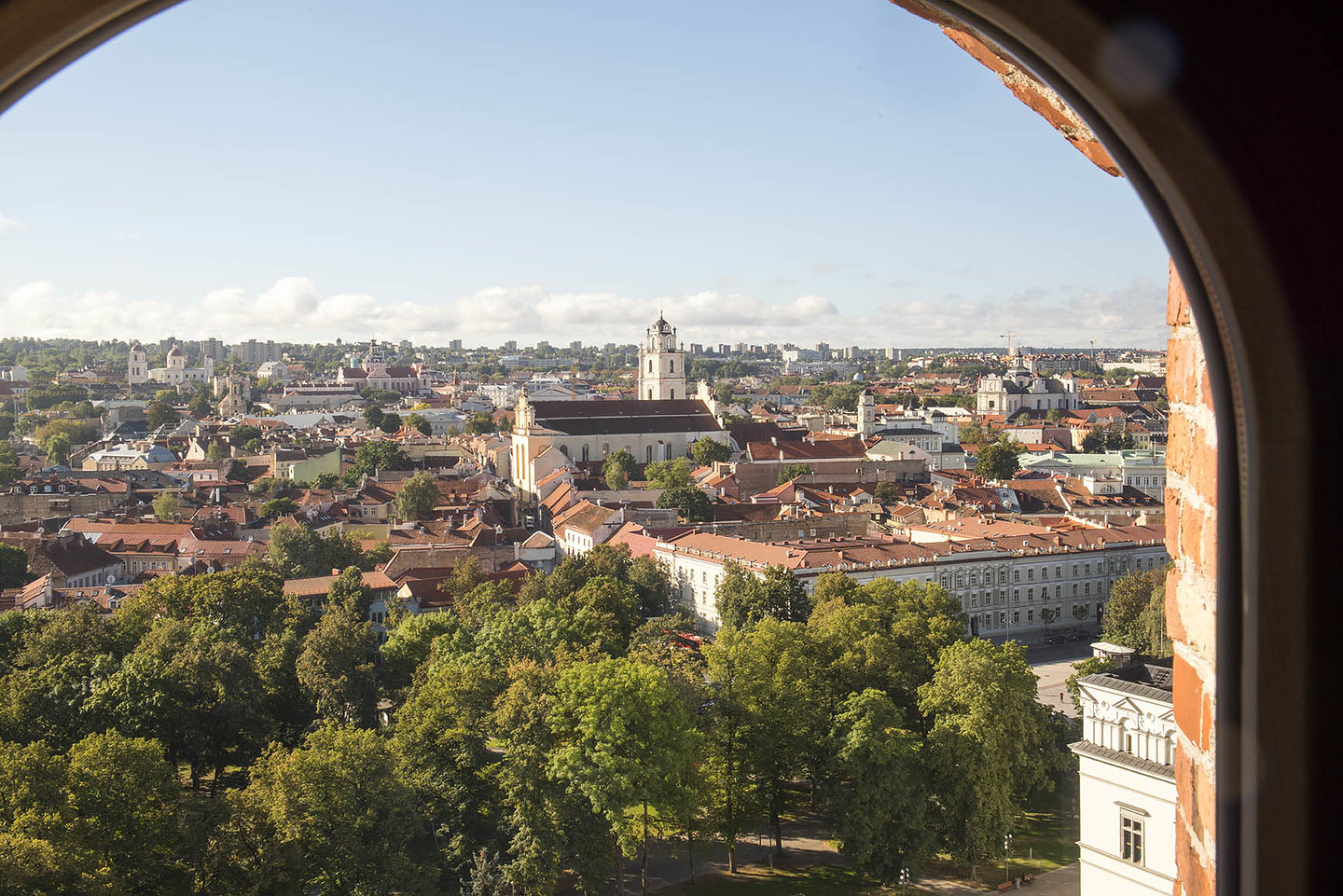 Old Town from Gediminas Tower
Old Town from Gediminas Tower
A view from higher up in the tower looking out over the Old Town.
Vilnius is compact but also has a lot of variation. The skyline is notable for the numerous churches. They are predominantly Roman Catholic and Eastern Orthodox. There is only one Synagogue remaining in Vilnius following the attempted extermination of Jews by the Nazis and more latterly the Soviet Union occupations.
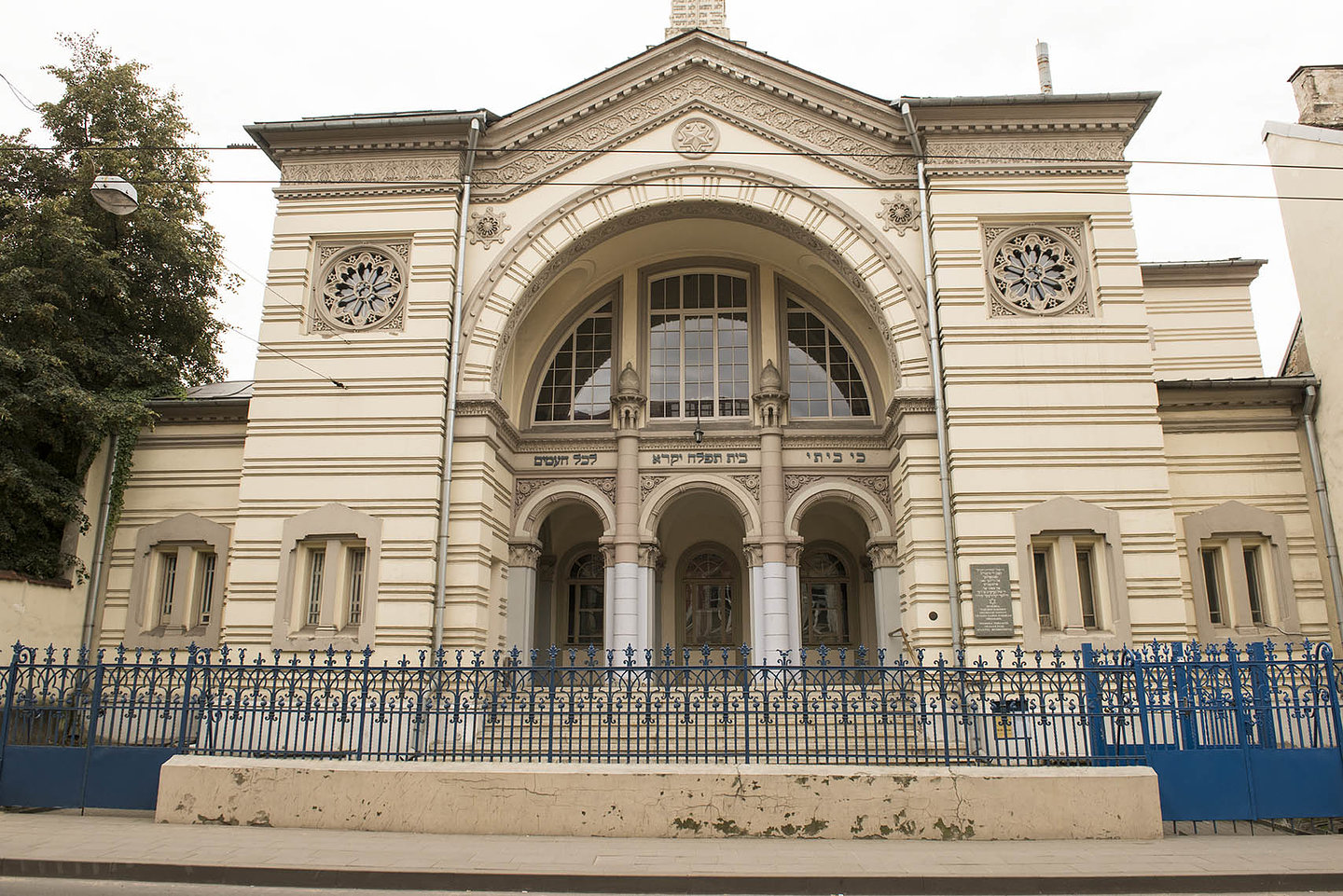 Choral Synagogue
Choral Synagogue
Before WW11 there were over 100 synagogues in Vilnius, the city was even called the 'Jerusalem of Lithuania' but today only the Choral Synagogue remains standing and in use. Also of note is the absence of a Muslim presence. There are in fact four Mosques in Vilnius (although I never came across one). There is certainly an absence of the visibility of the Muslim religion that we are used to in Western Europe. Lithuania is the only Baltic State with any mosques. In September 2015 all three states discussed the possibility of banning the Burqa followoing the influx of Syrian refugees to Germany. Politician's in Lithuania resolved it would be a nonsense as none had ever seen a Burqa being worn in their country. It appears that to date migration from the Middle East and North Africa has not impacted the Baltics. Christianity though is always visible especially beneath the Gates of Dawn where from the street you can look up and see through a glass window the painting of the Blessed Virgin Mary in the Chapel of the Gates of Dawn. Everyday locals and visitors stand in the street below praying, especially when services are taking place on Sundays. You rarely walk far in Vilnius without seeing clergymen or nuns.
In terms of history, the Kingdom of Lithuania was created on 6th July 1253. During the 14th century the Grand Duchy of Lithuania was the largest country in Europe encompassing present day Lithuania, Belarus, parts of Poland, part of Russia and the Ukraine. For over two centurues a two state union of Poland and Lithuania existed as the Polish-Lithuanian Commonwealth. During the late 1700s the Russian Empre took over much of Lithuania. Then after WW1 Lithuania became independent with the Republic of Lithuania being formed on February 16th 1918 Freedom did not last long though in 1940 Lithuania was occupied by first of all the Soviet Union and then by Germany. At the end of WW2 the Soviets reoccupied Lithuania. Then in 1990 Lithuania became the first Soviet republic to declare independence. As mentioned before Lithuania joined the EU in 2004, it then adopted the Euro on 1st January 2015.
The objective of Project 28 is for me to visit, and photograph all 28 member countries of the EU at the time of Brexit before there is any change to freedom of travel for UK citizens throughout the EU, so before Article 50 is completed. Today Brexit, the stability/future of the EU, being brought about at least in part by migration across and into the EU, is seen as a major problem both within the EU and across the globe. We hear through the media about unprecedented change and unprecedented migration. Just looking briefly at Lithuania's history one can see that change on an even greater scale has happened repeatedly throughout history. This is not the place to go into the detail but each of the events referred to above have caused mass migration. As no doubt will become obvious as I visit more countries. The persecution of the Jews saw massive movements of populations and indeed the elimination of many. I intend to highlight where history has seen change with similar human and economic impact as some are predicting for the EU. But for now, back to Vilnius today.
Even within Vilnius there is an area which has declared itself and independent republic, with it's own constitution. The Republic of Uzupis.
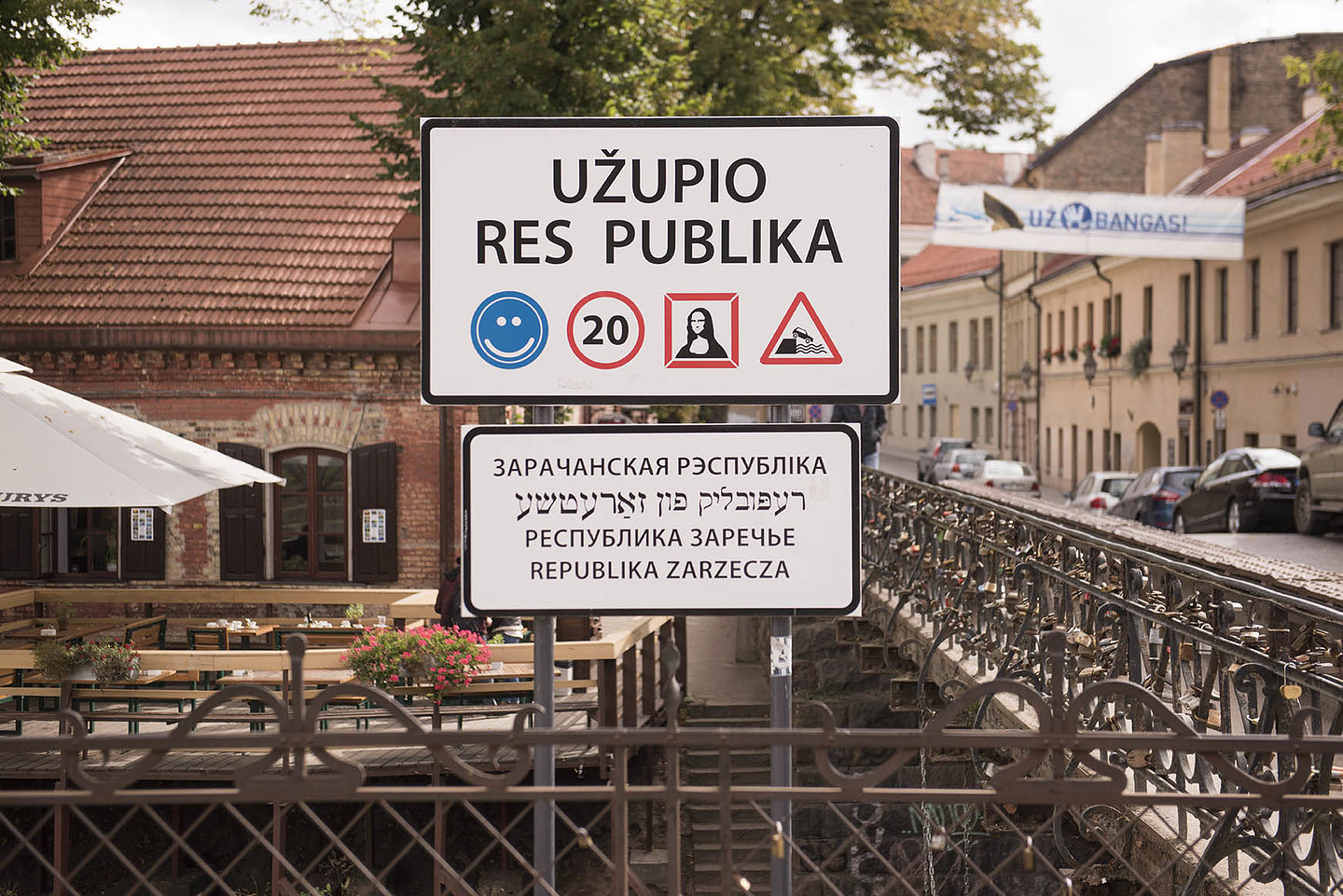 Republic of Uzupis
Republic of Uzupis
Uzupis means "beyond the river". This small area of Vilnius is encircled by the Vilnele River, it is connected to the rest of Vilnius by seven bridges.
The area is described as bohemian and occupied by friendly artists. Uzupis was declared a republic on 1st April 1997. The constitution is posted in nine languages on a long wall in the centre. Uzupis has a national anthem, a president, prime minister ambassadors and a sheriff.
The centre piece is the Angel of Uzupis
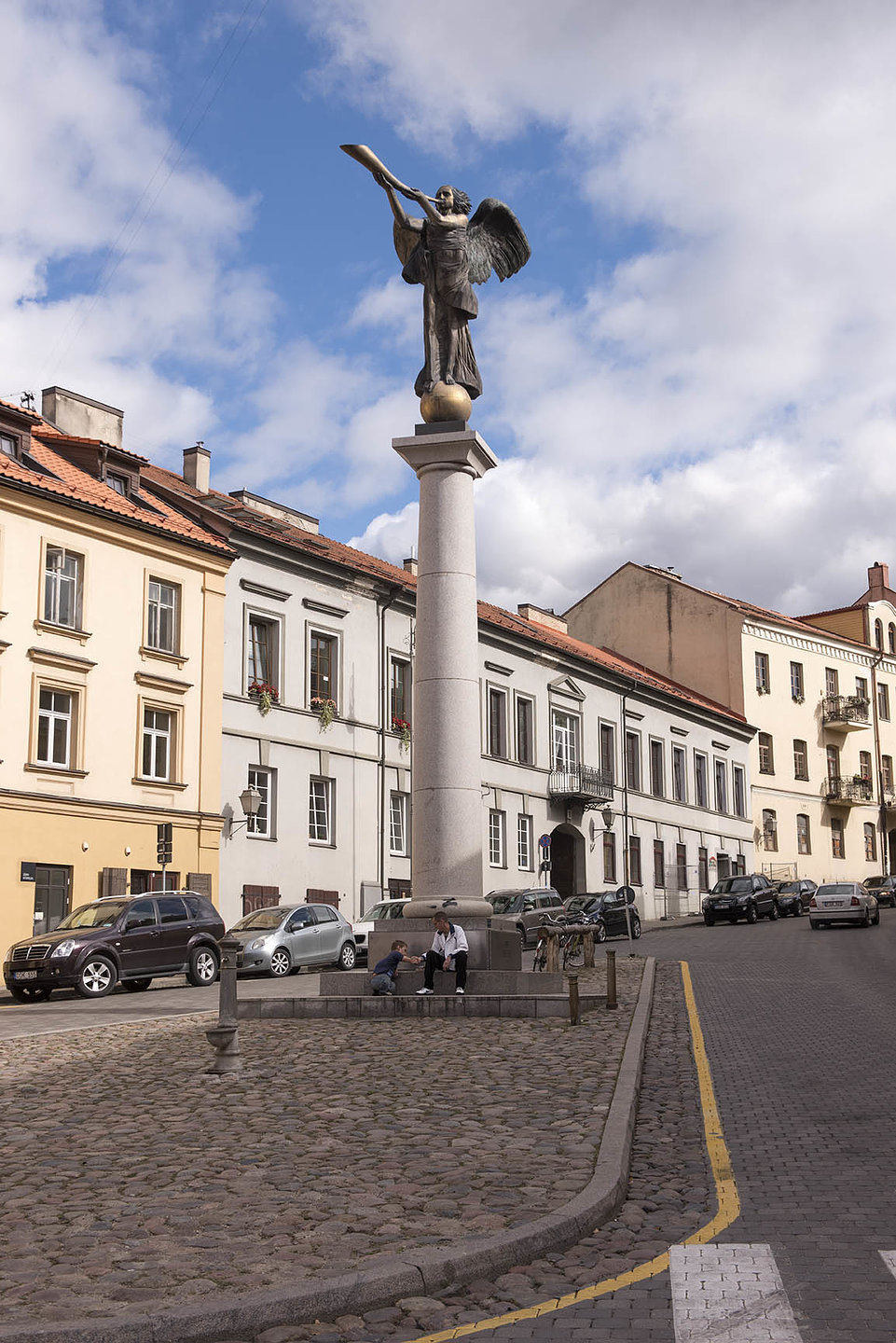 The Angel of Uzupis
The Angel of Uzupis
So it's a quirky tourist attraction I guess. On my three visits there I didn't really meet many bohemian artistic folk, I saw some evidence of sculpture and art alongside the river and many of the bridges are adorned with padlocks although I'm not sure that idea originated here. I did spend an enjoyable hour or two in one of the cafe bars chatting with locals. Chatting in Vilnius is not a problem, I didn't meet a single person who didn't have and grasp on English, whether young or old, busker, sleeping on the streets whatever everyone can understand and speak English - which was not the case when I visited the other Baltic states of Latvia and Estonia.
Having said I didn't meet the artists referred to in the travel blurb I did find Vilnius in general was at one with all things artistic. My landlady was an artist and photographer. I met numerous street musicians and enjoyed random concerts on stages dotted all over the town and covering all genres of music (all part of the end of summer festival that appears to run throughout September and into October. There was also a lot of interest in Lithuanian culture and history, be it beer production, open air traditional food stalls, or folk in traditional dress. All could be found in the market that runs the full length of the very long Gedimino Street during the fiesta period.
Then there is the street art. Vilnius has had a street art festival annually since 2013 and artists from around the world are attracted there. Some caught my eye.
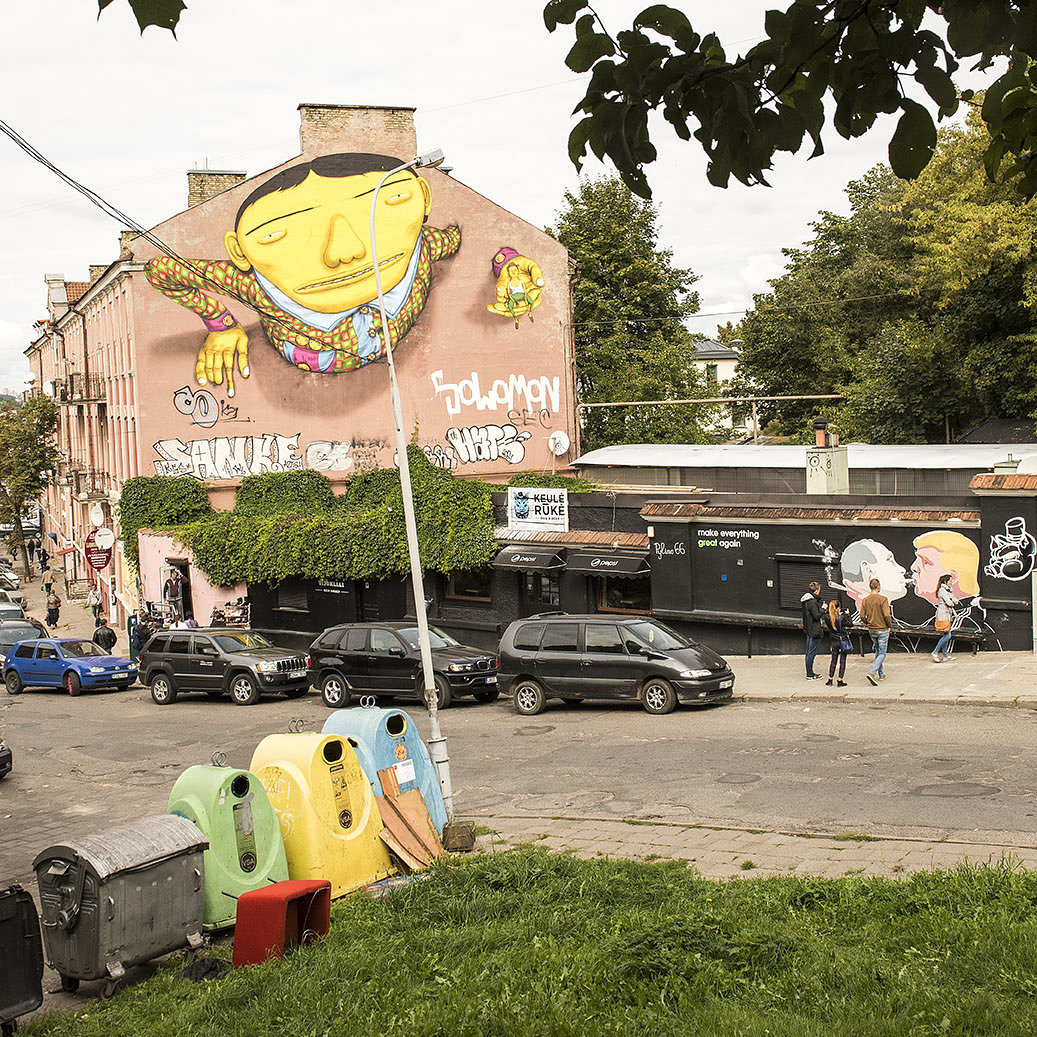 Keule Ruke
Keule Ruke
The mural on the end wall is by Brazillian artists OsGemeos, twins who did this piece for the 2015 festival. Their grandfather was Lithuanian, he is depicted in the giant's left hand. The smaller piece of Putin and Trump with splif and enganged in blowback was originally a piece of them kissing, painted by Dominykas Ceckauskas (co-owner of Keule Ruke) and graphic designer Mindaudas Bonanu and was an interpretation of the 1979 photograph The Socialist Fraternal Kiss. The kissing image was defaced. In September 2016 Ceckauskas and Bonanu repainted "Trump-Putin V2.0" they changed Trumps election campaign words "Make America Great Again" with the phrase "Make Everything Great Again" Great being coloured green symbolising their pro-cannabis stance. The artwork has full backing of Vilnius's mayor. Post Soviet Lithuania, well at least Vilnius, values young creative people and values the freedom to criticise well known public and political figures without fear of reprisal.
Some more images of Vilnius
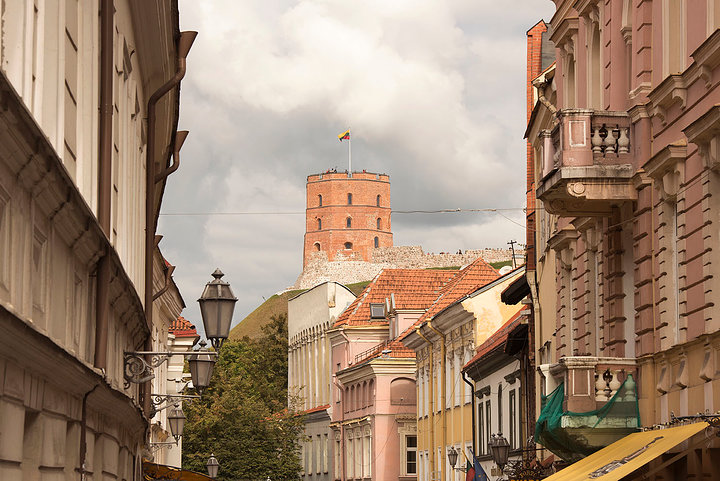 Gediminas Tower from Pilies Street
Gediminas Tower from Pilies Street
Pilies street is one of the central and most popular streets in the old town
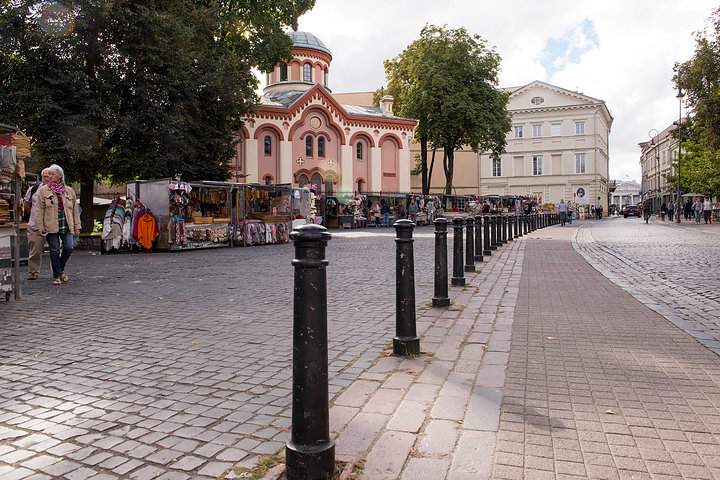 Church of Saint Paraskeva
Church of Saint Paraskeva
Pilies Street runs into Didzioji Street with this small market and Saint Paraskeva at the junction.
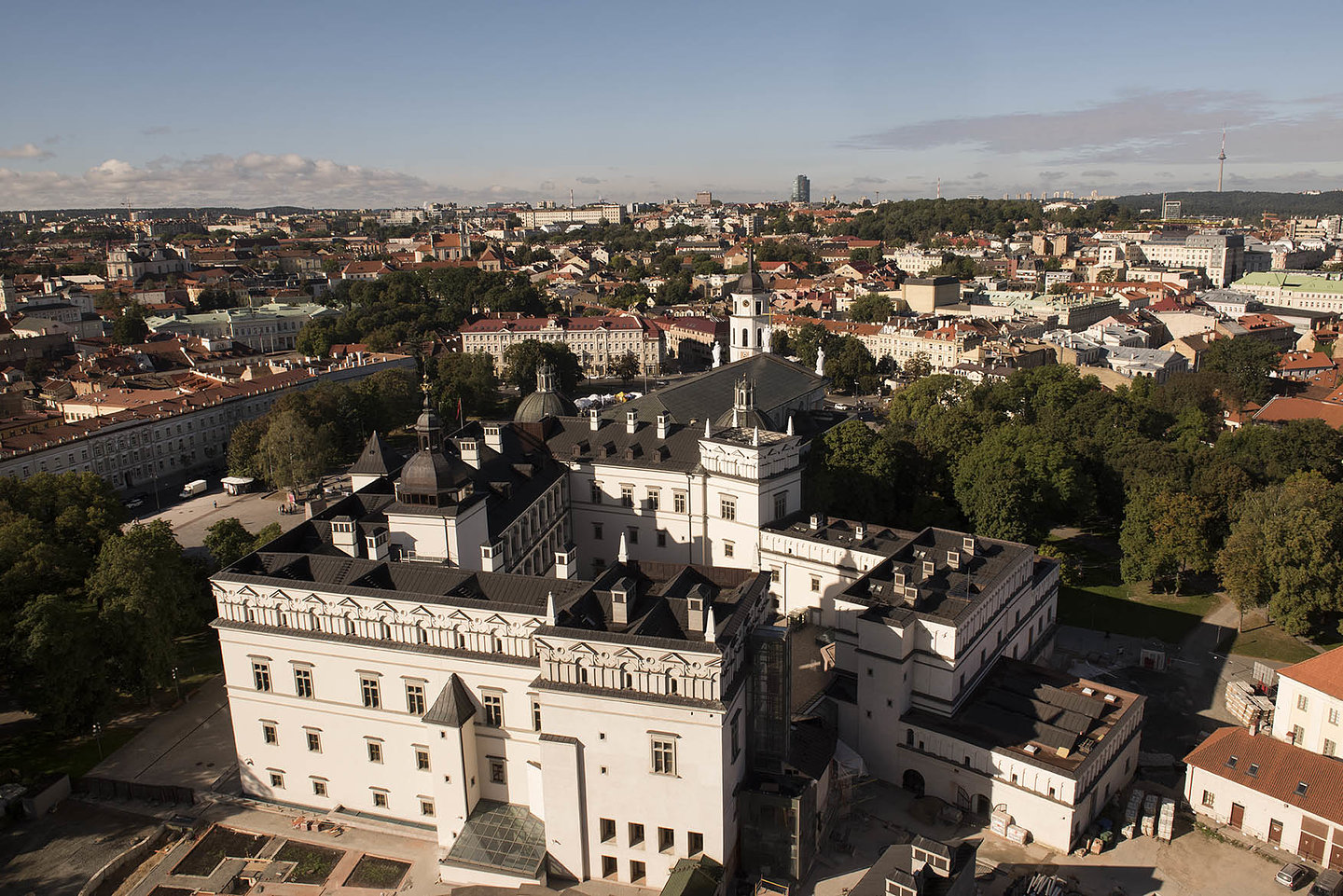 Vilnius Catherdral from Gediminas Hill
Vilnius Catherdral from Gediminas Hill
/
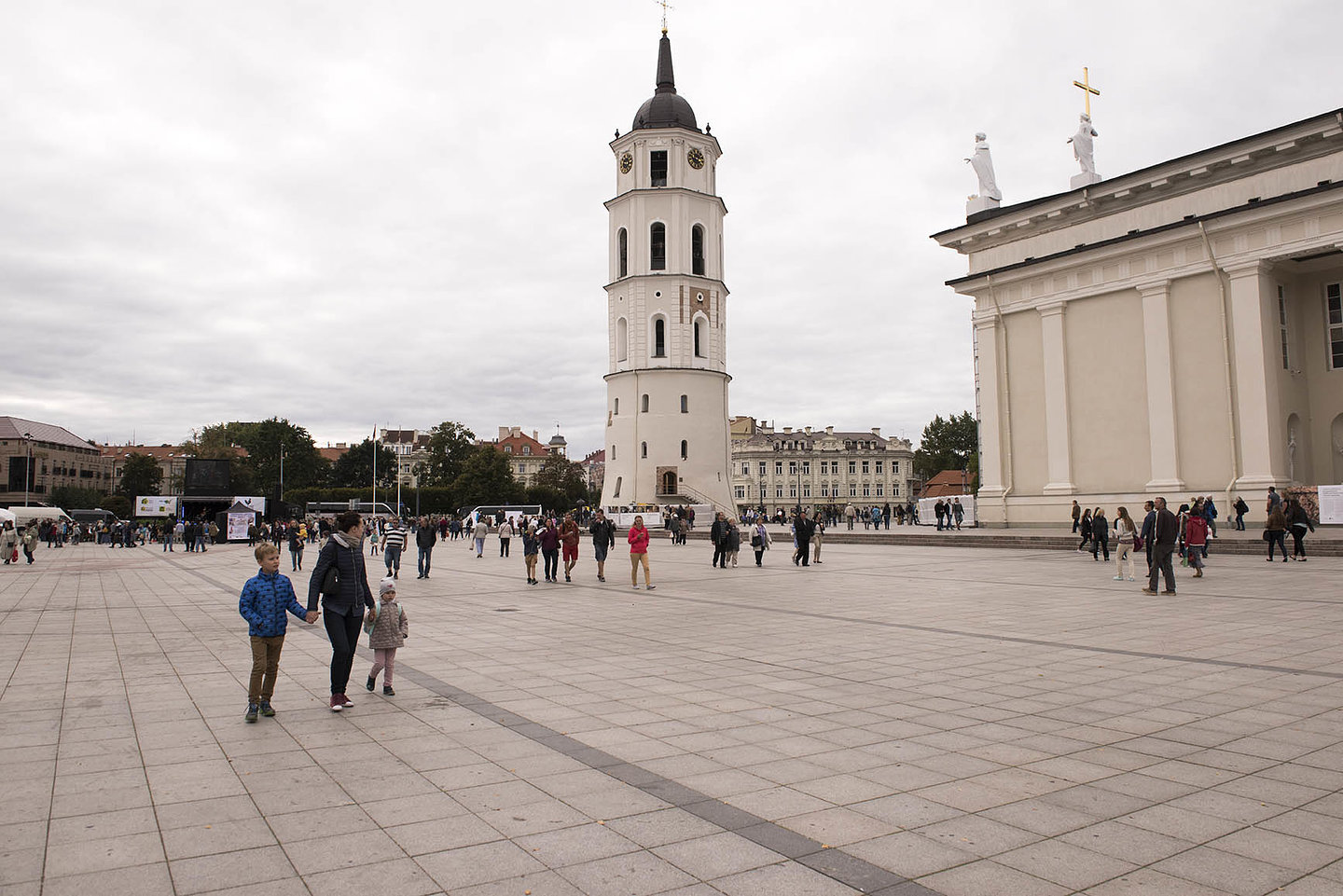 Vilnius Cathedral Belfry
Vilnius Cathedral Belfry
/
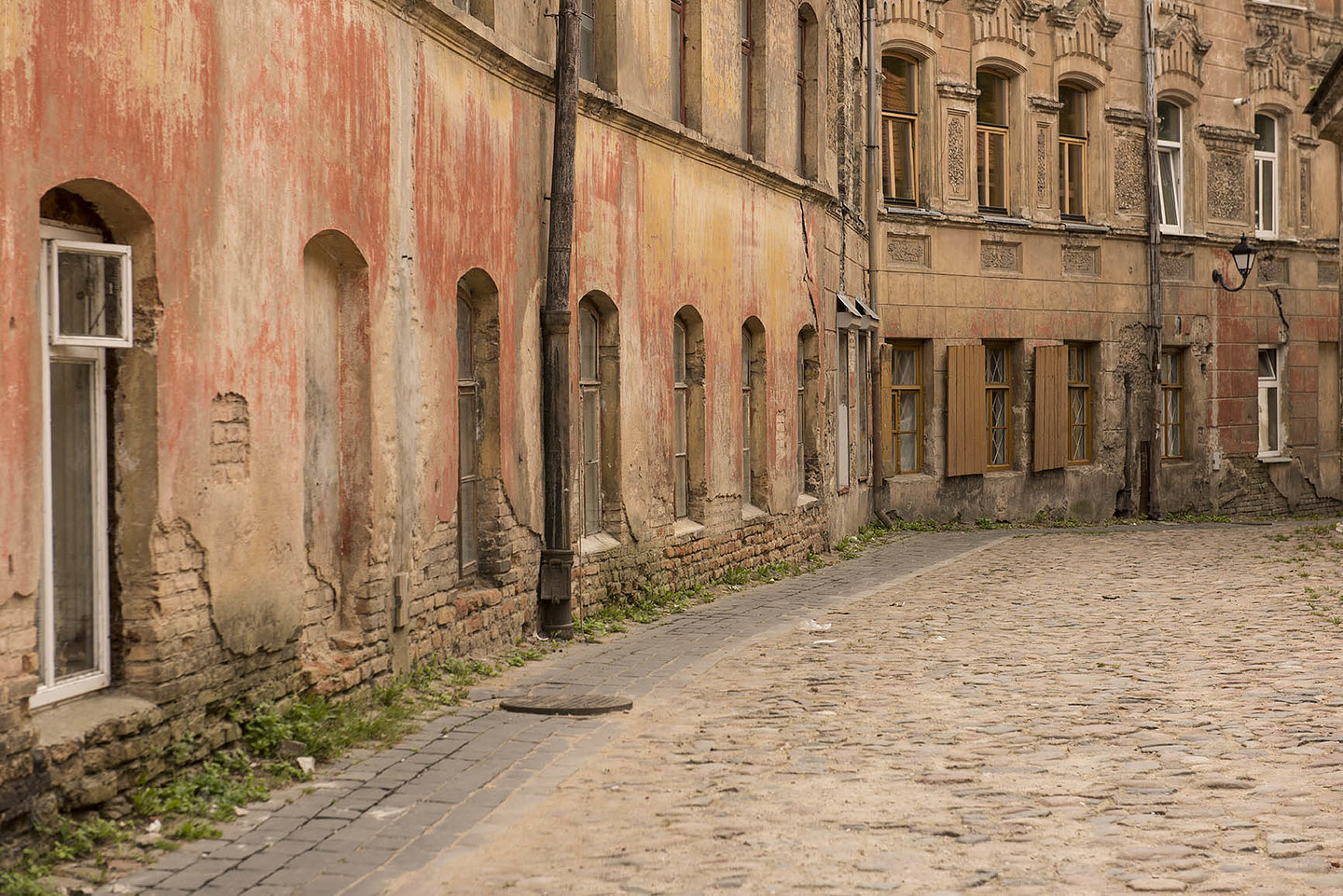 Sv.Dvasios Street
Sv.Dvasios Street
One or two parts of the old town have buildings dating back to the 16th Century when this street was just inside the "Defence Wall" that surrounded the city until the late 18th century. This build and street featured in an episode of a TV series called Moscow Burning.
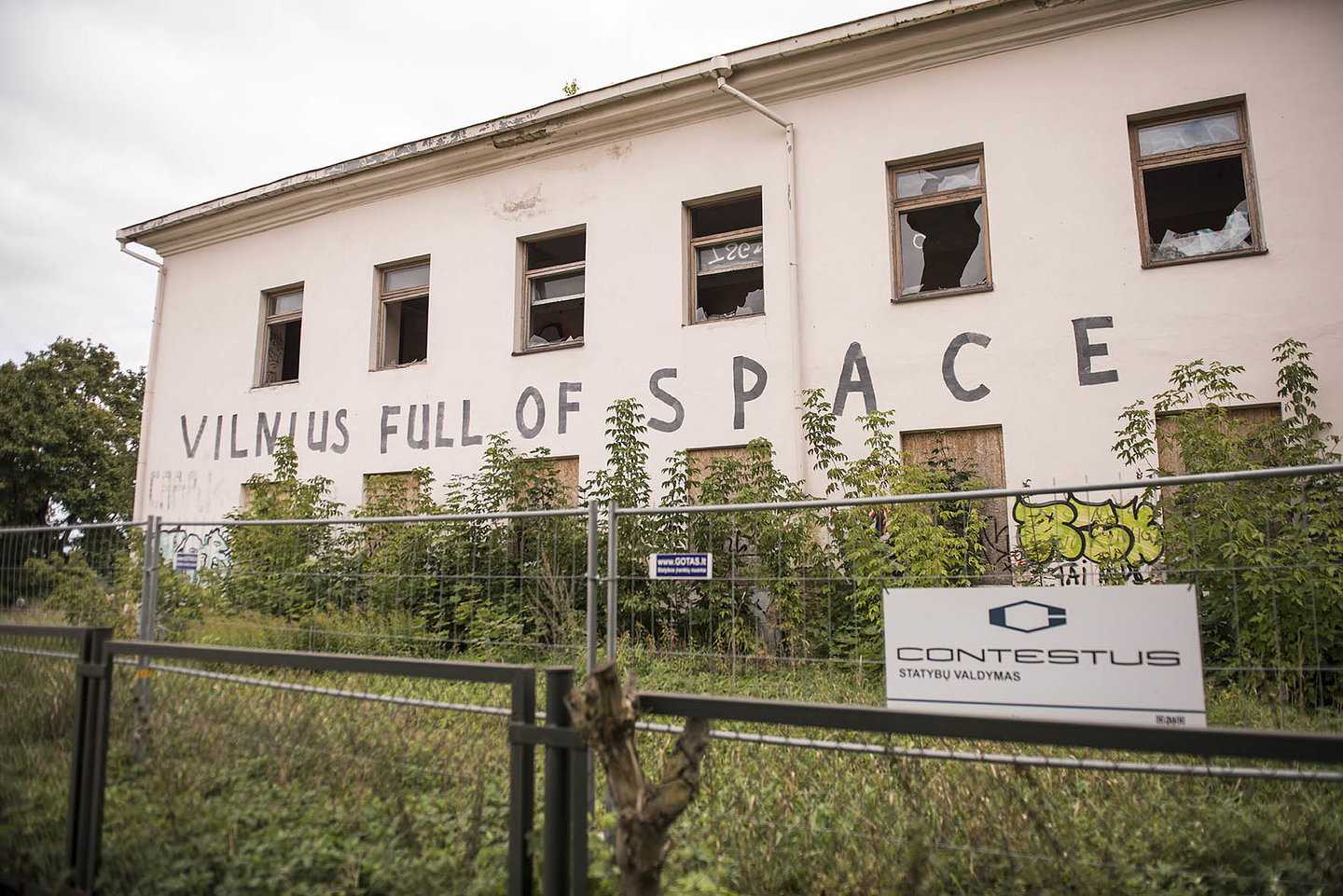 Vilnius Full Of Space
Vilnius Full Of Space
As I left Vilinius to head north to Estonia I still had much to learn about the town. A couple of weeks later I've still not discovered the meaning of this slogan. At first I thought it must refer to the empty building(s) but on investigation `i found it features in a couple of short films on skateboardong and ice-boarding. The phrase is often used on social media but I cannot discover the origin. Do you know? If you can help please give me a shout.
Next stop for Project 28 is Estonia.
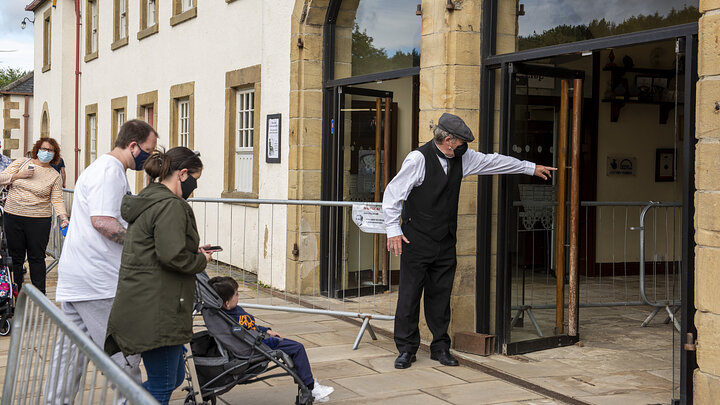
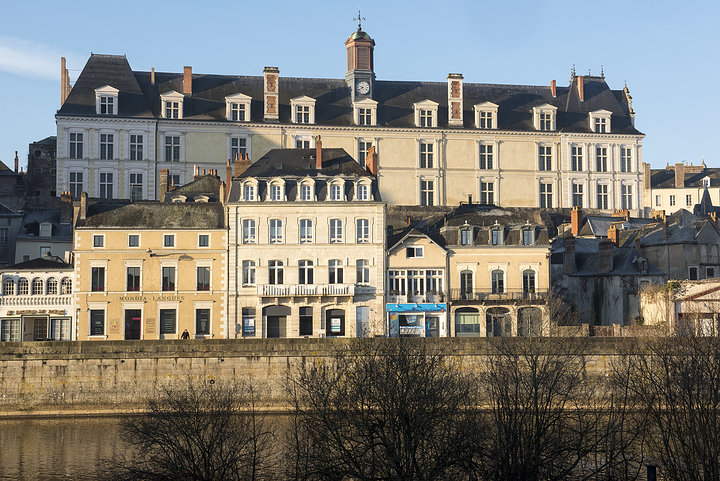
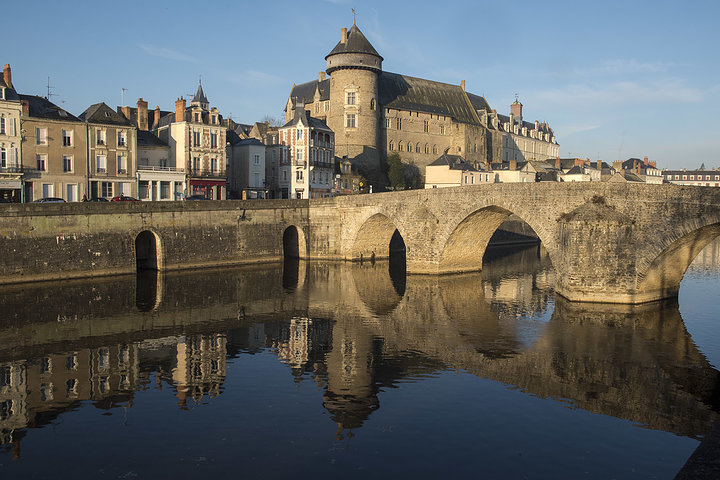 Mussee de Vieux - Chateau and Pont Vieux
Mussee de Vieux - Chateau and Pont Vieux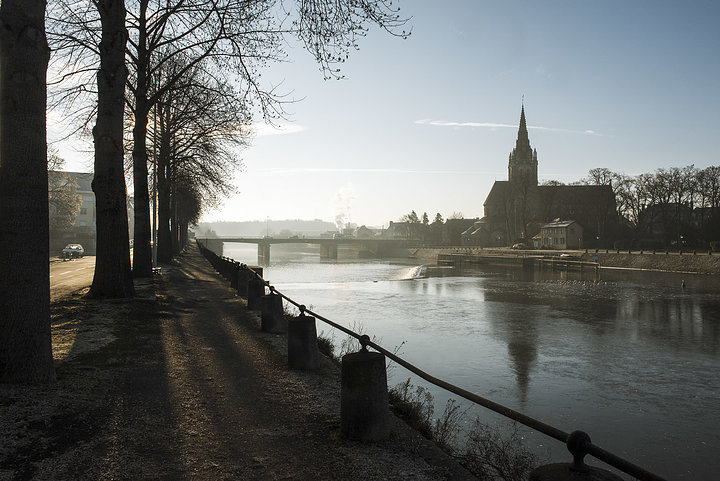 Basilique Notre Dame d'Avesnieres
Basilique Notre Dame d'Avesnieres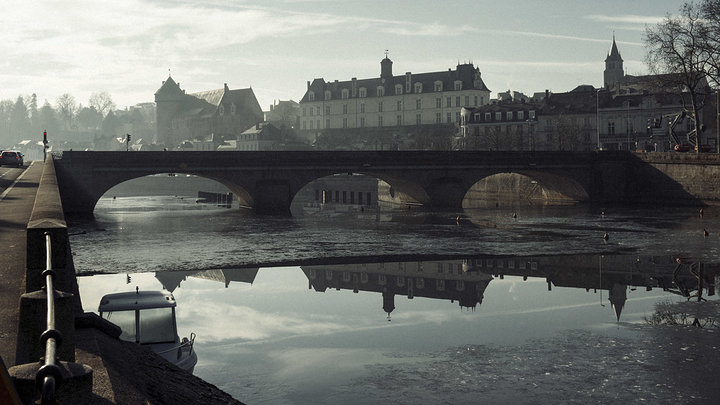 Pont de l'Europe
Pont de l'Europe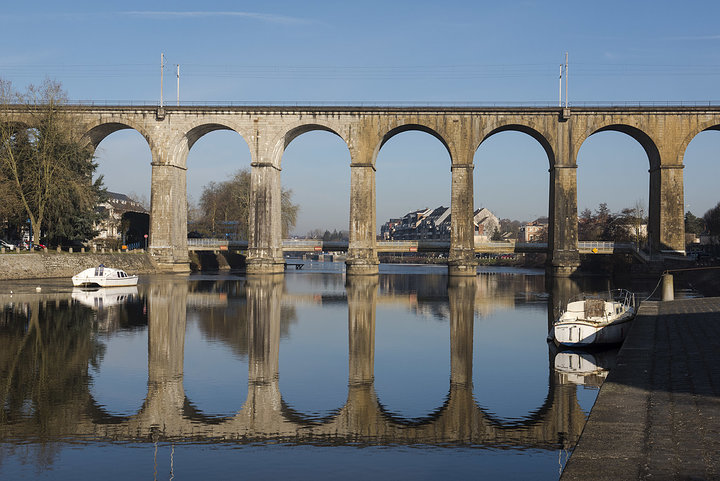 Le Viaduct de Laval
Le Viaduct de Laval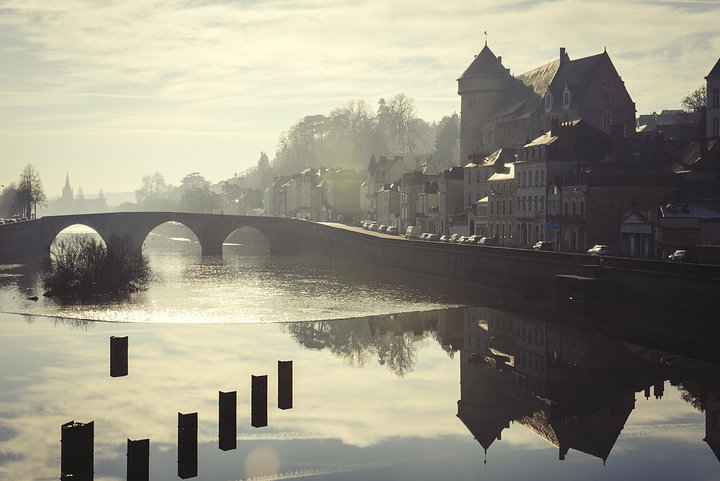 Pont Vieux
Pont Vieux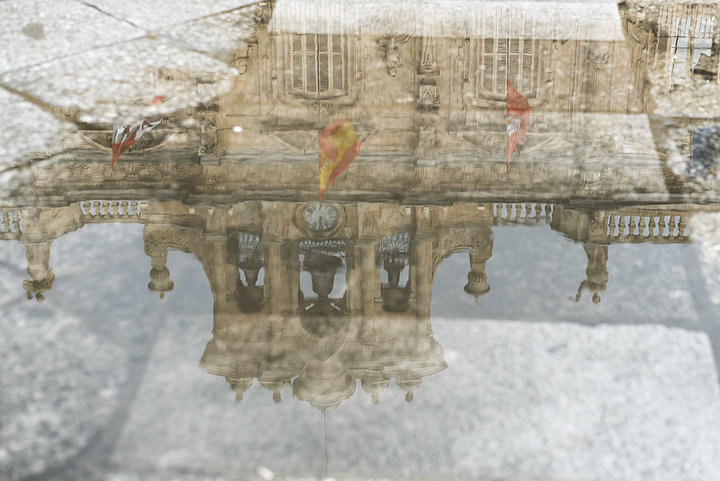 City Hall reflection in Plaza Mayor
City Hall reflection in Plaza Mayor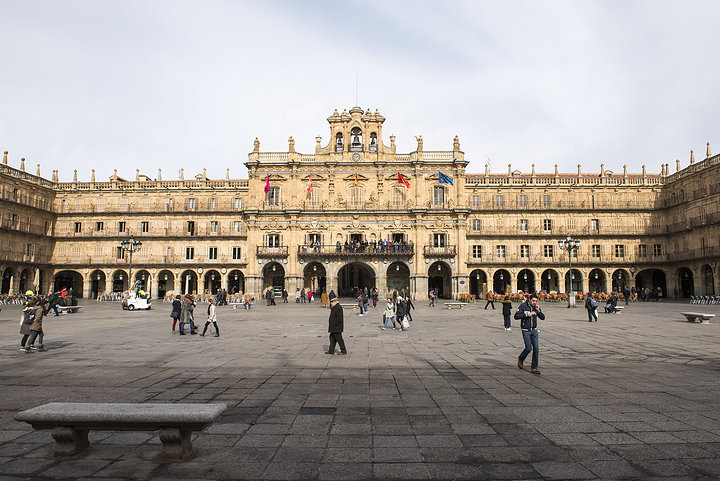 Plaza Mayor
Plaza Mayor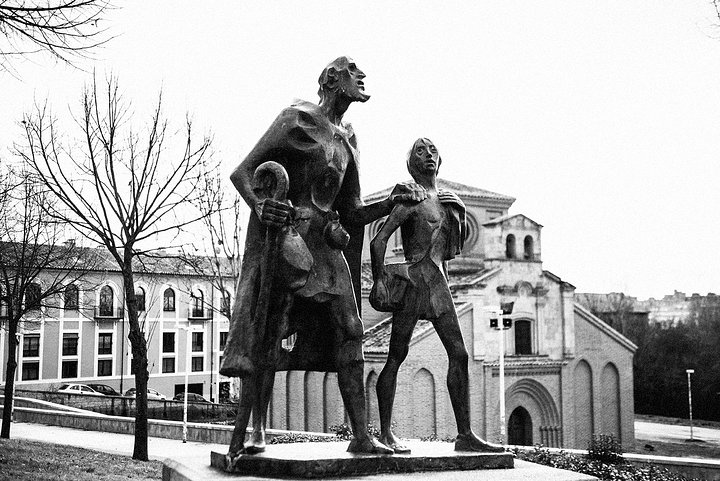 Lazarillo de Tormes
Lazarillo de Tormes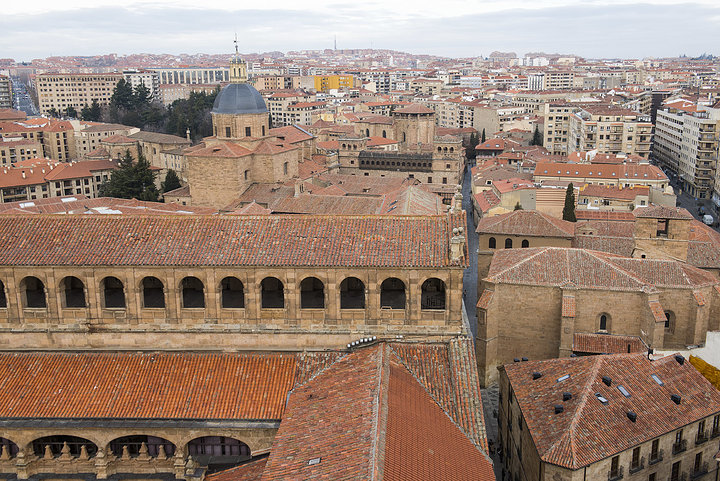 Salamanca from Scala Coeli
Salamanca from Scala Coeli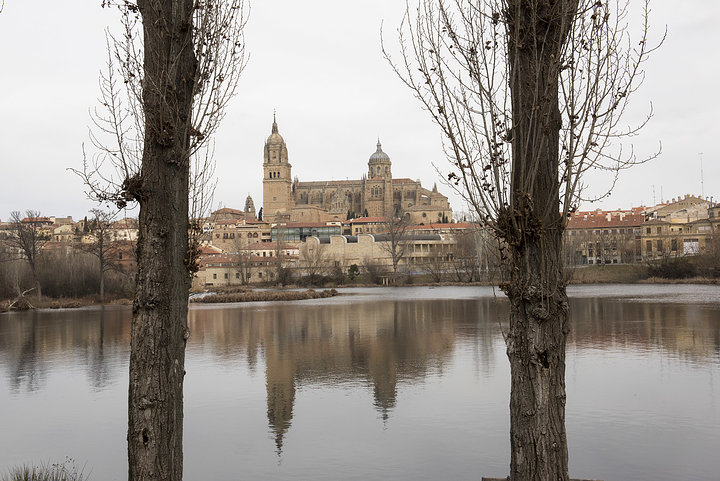 Catedral Nueva
Catedral Nueva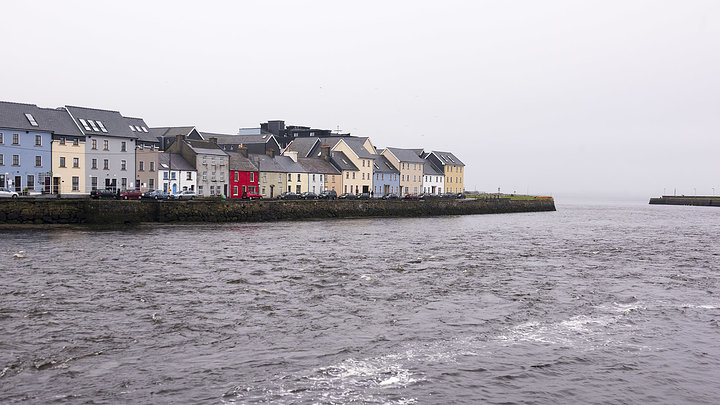 The Long Walk
The Long Walk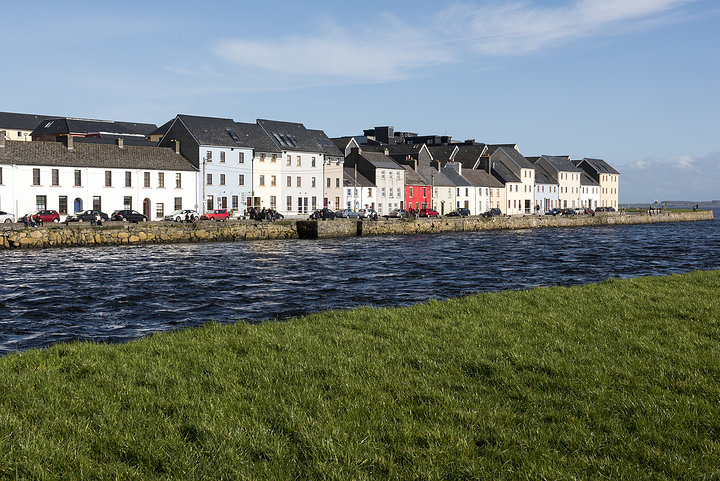 The Long walk with the sun out
The Long walk with the sun out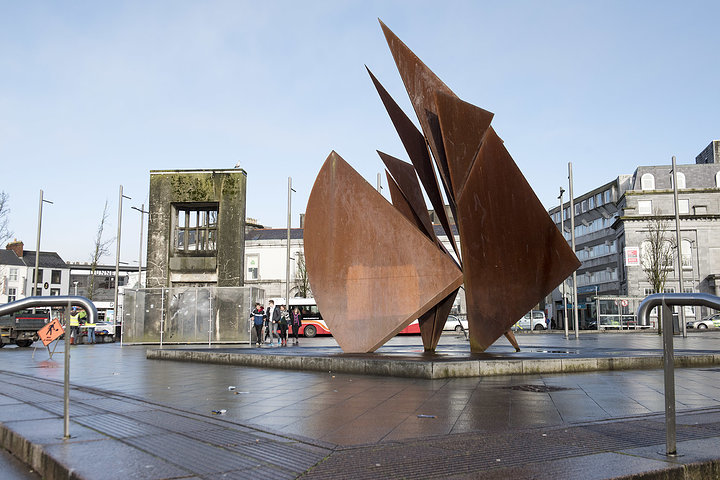 Eyre Square
Eyre Square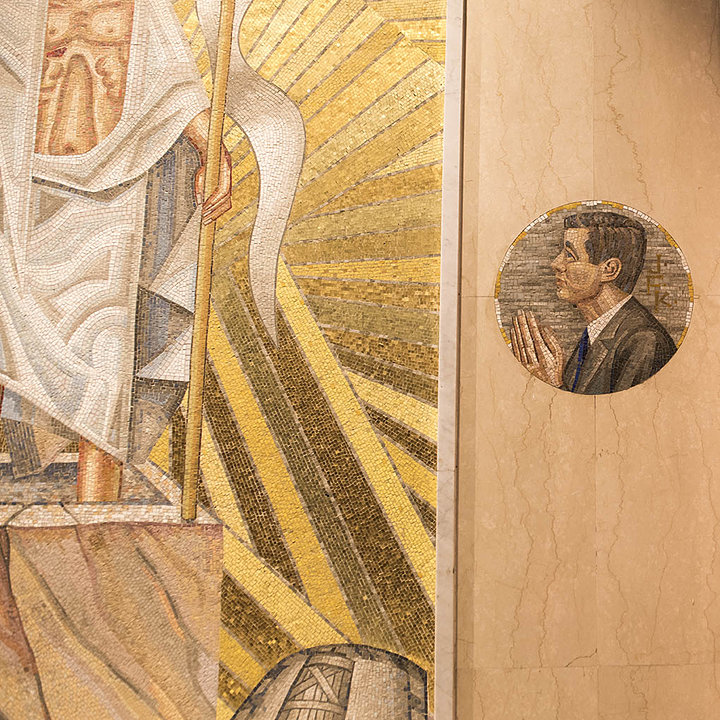 JFK Mosaic
JFK Mosaic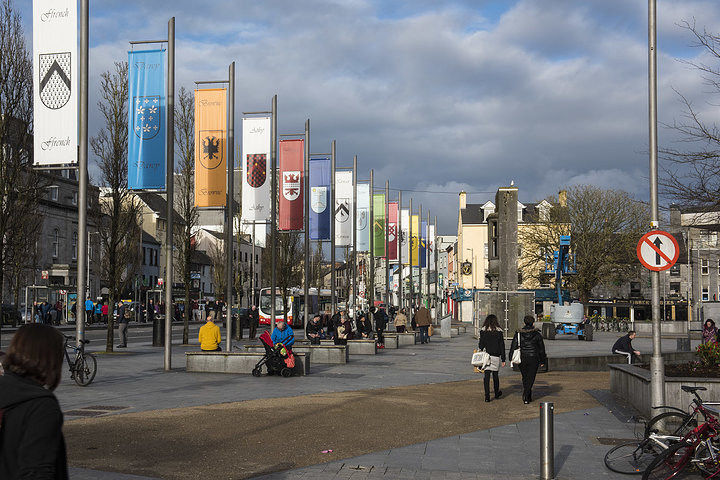 The Fourteen Tribes of Galway
The Fourteen Tribes of Galway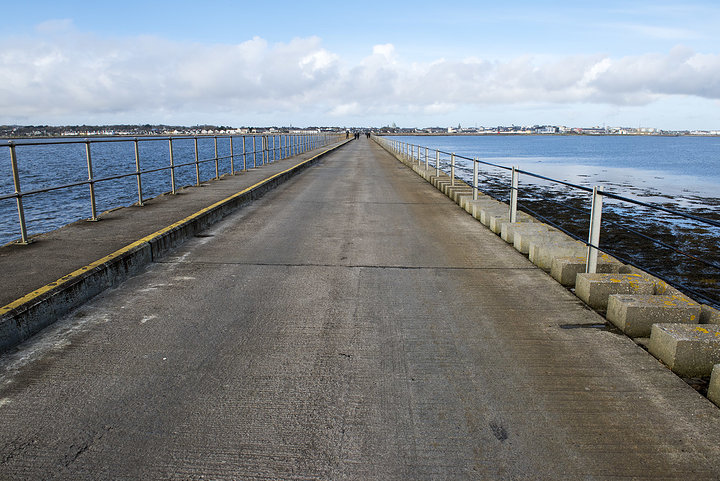 Galway from Mutton Island
Galway from Mutton Island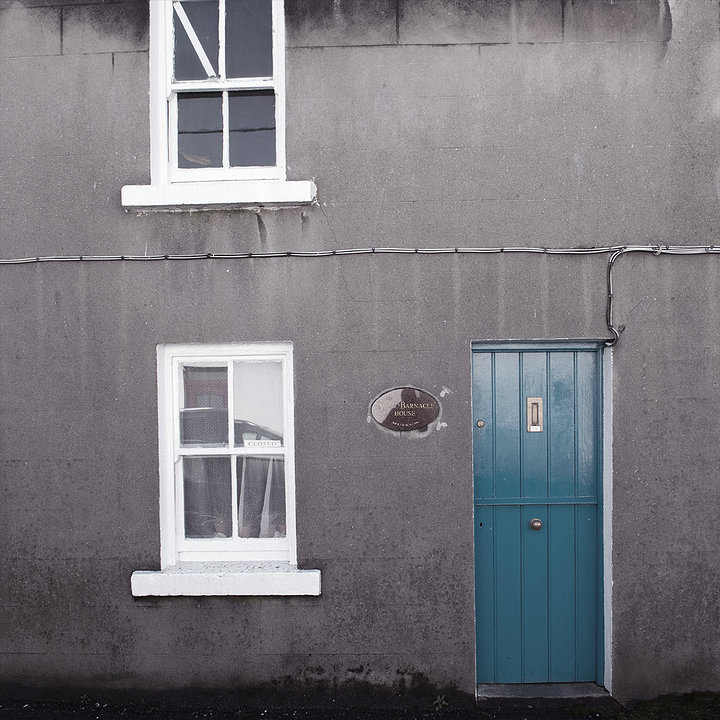 Nora Barnacle's House
Nora Barnacle's House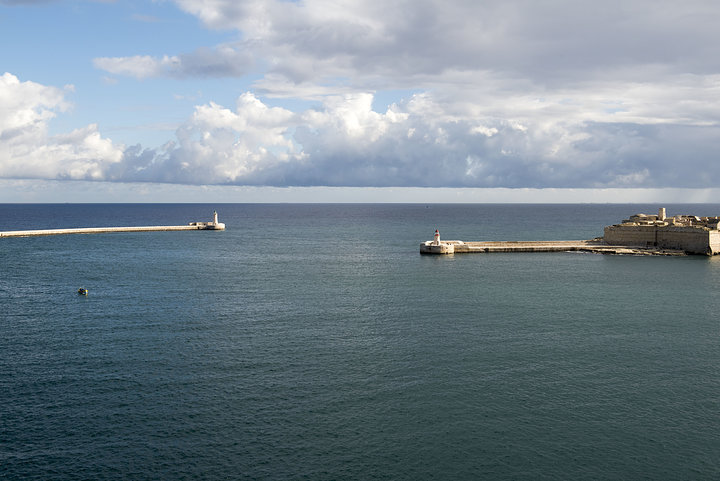 Grand Harbour Entrance
Grand Harbour Entrance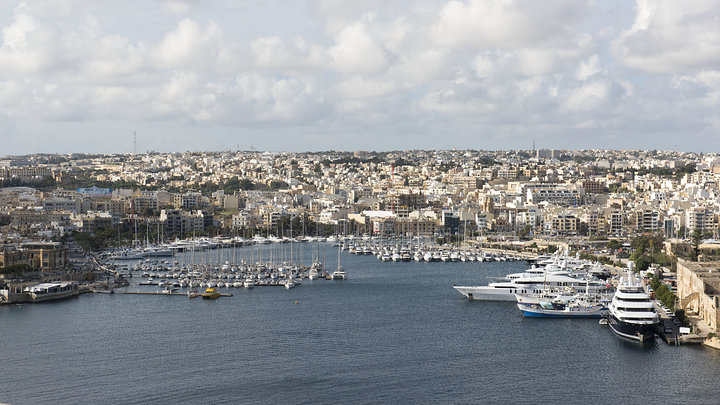 Manoel Island Yacht Marina
Manoel Island Yacht Marina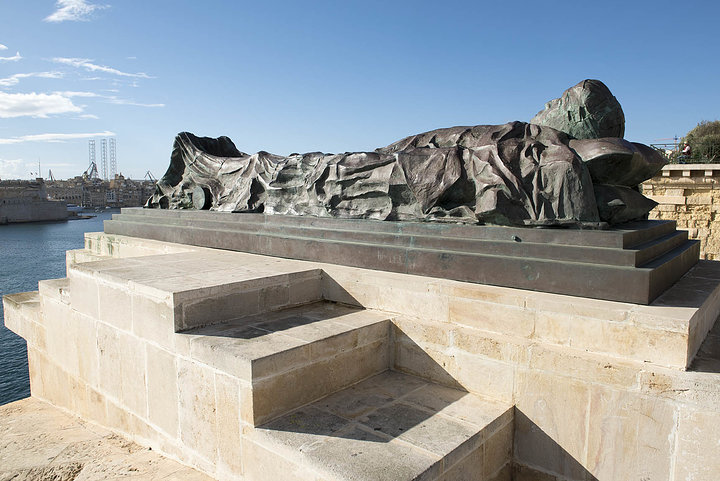 Recumbent Figure at Siege Bell Memorial
Recumbent Figure at Siege Bell Memorial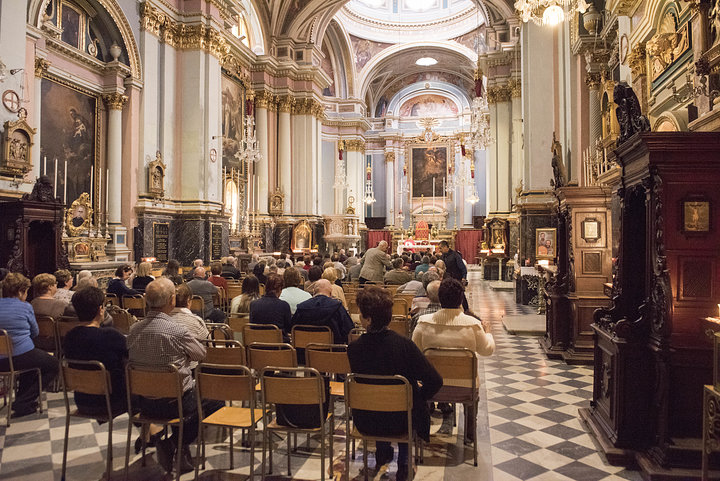 Church of St Francis of Assisi
Church of St Francis of Assisi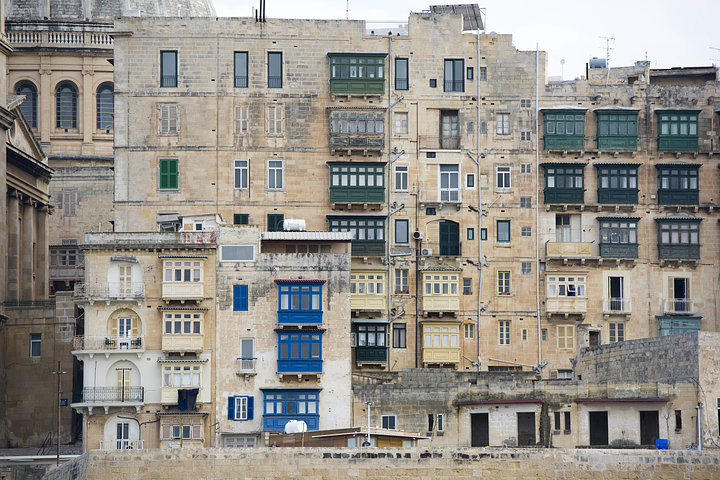 Valletta from Marsamxett Harbour
Valletta from Marsamxett Harbour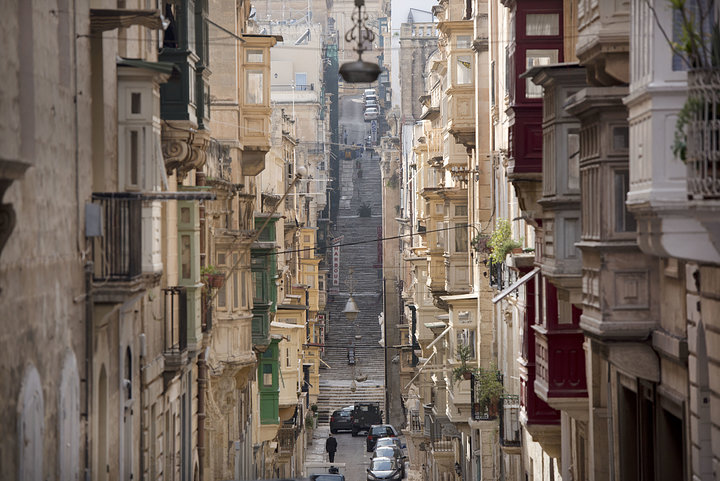 St Ursula Street
St Ursula Street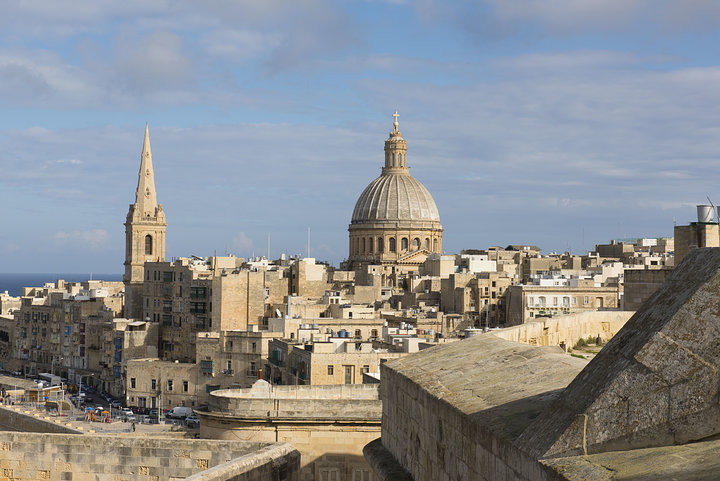 Our Lady of Mount Carmel and St Paul's Anglican Cathedral
Our Lady of Mount Carmel and St Paul's Anglican Cathedral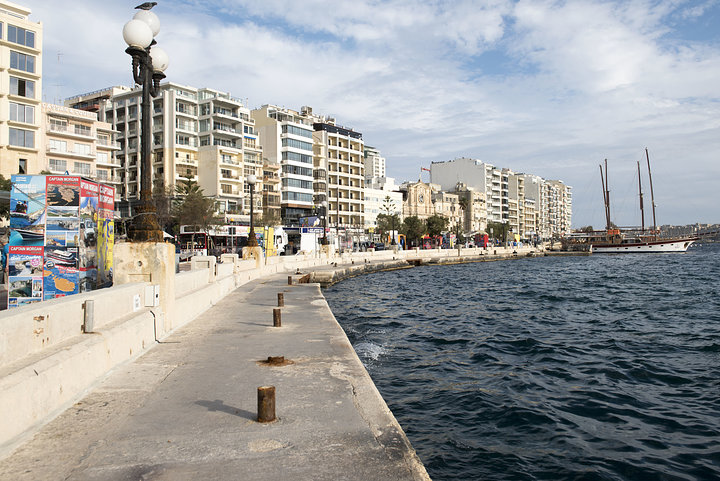 Sliema Waterfront
Sliema Waterfront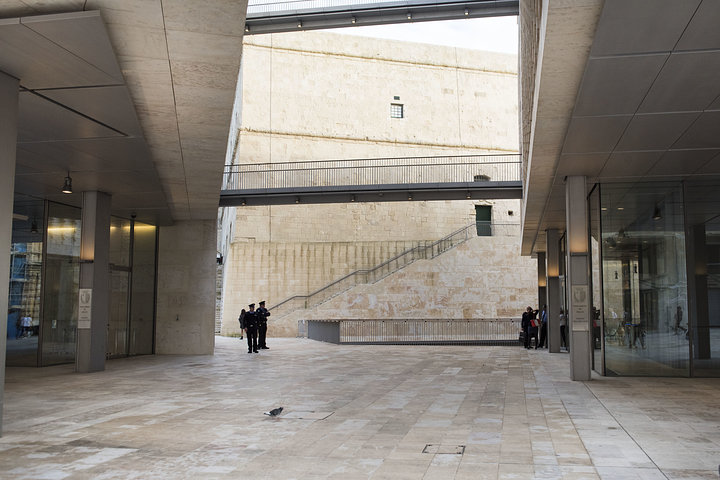 Parliament Building
Parliament Building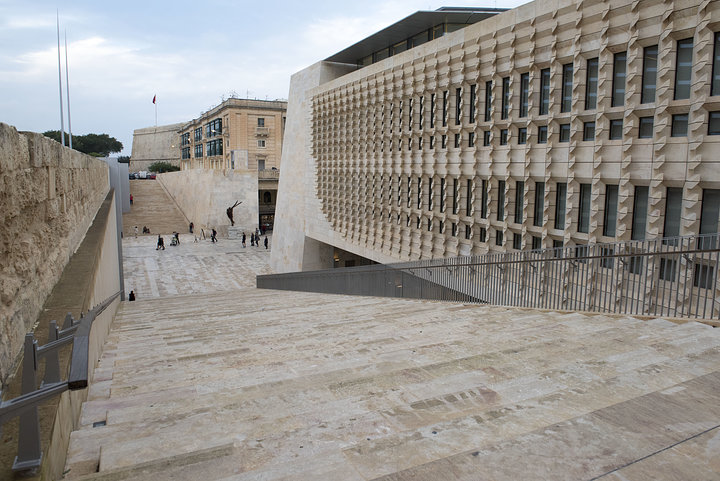 Freedom Square and City Gate
Freedom Square and City Gate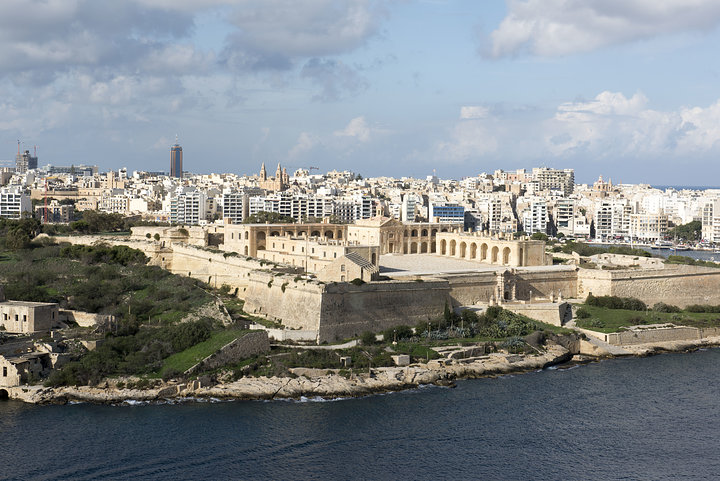 Fort Manoel. Manoel Island
Fort Manoel. Manoel Island Gare Des Guillemins
Gare Des Guillemins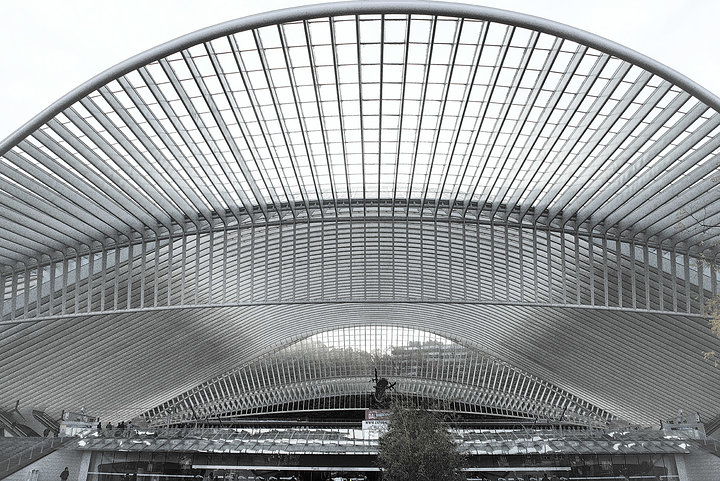
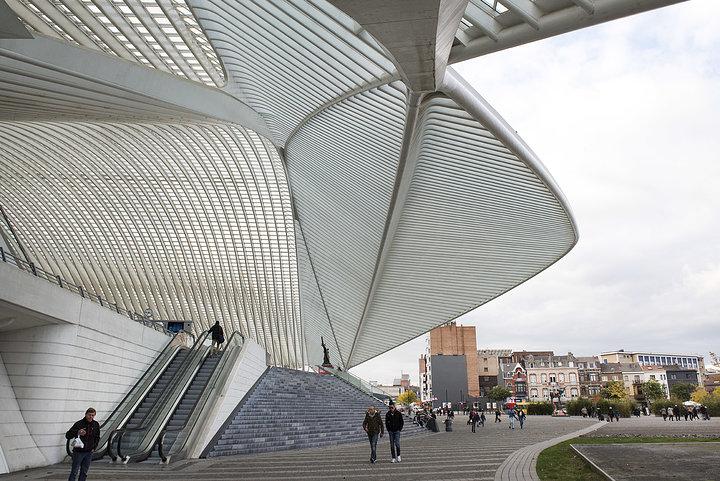
 Paradis Tower
Paradis Tower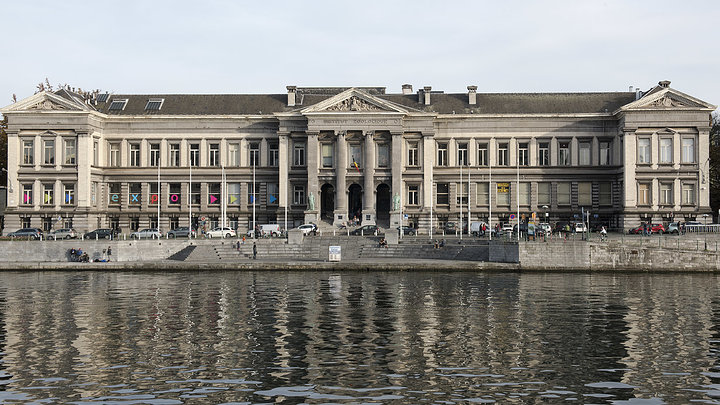 Institut Zoologique
Institut Zoologique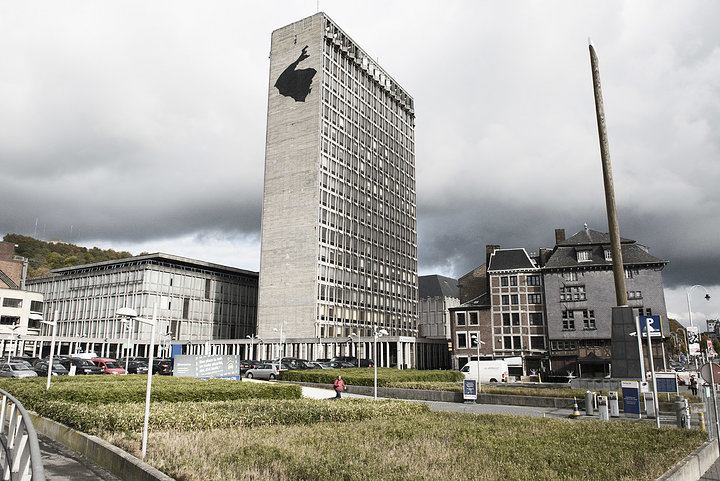 Cite Adminstrative
Cite Adminstrative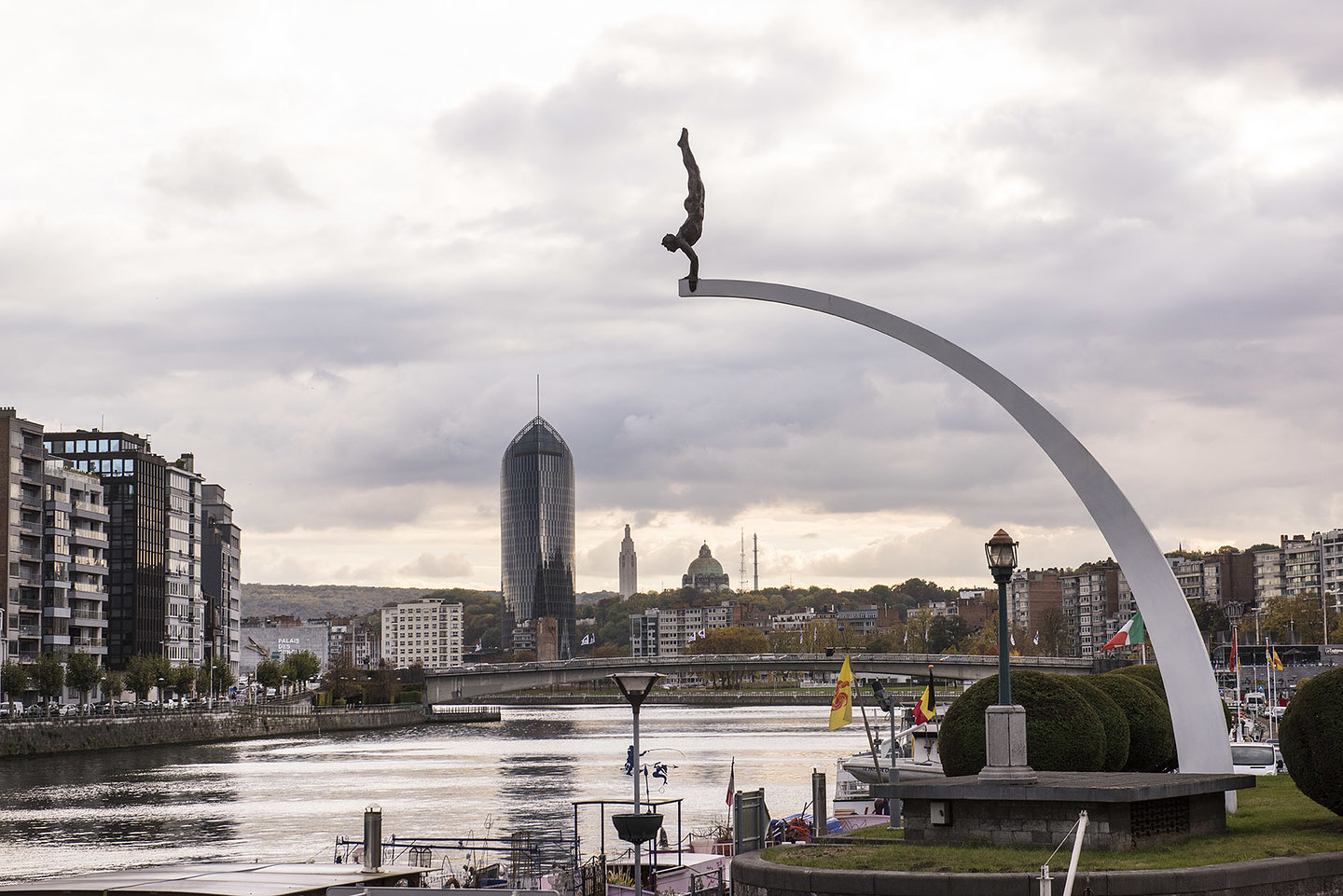 Statue Le Plonguer
Statue Le Plonguer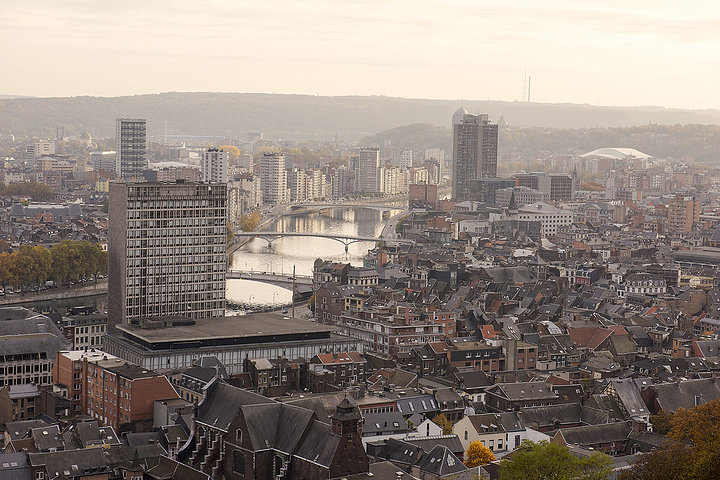 Liege from The Citadelle
Liege from The Citadelle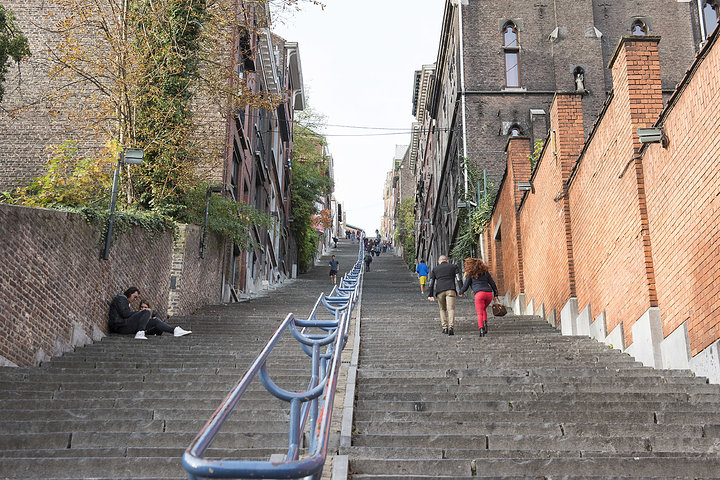 Montagne De Bueren
Montagne De Bueren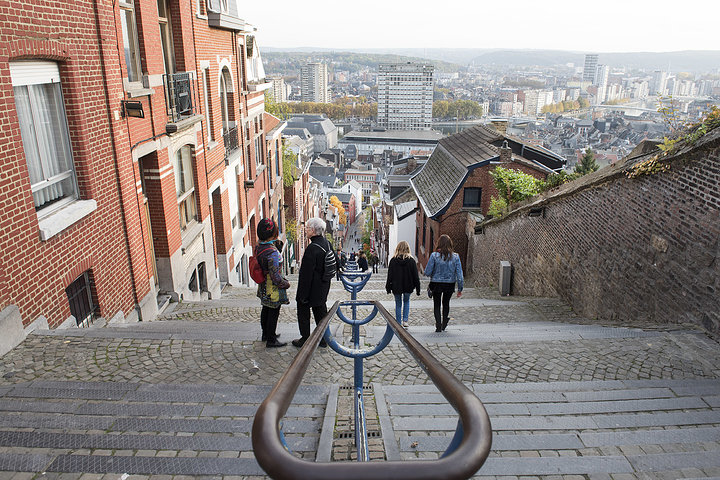
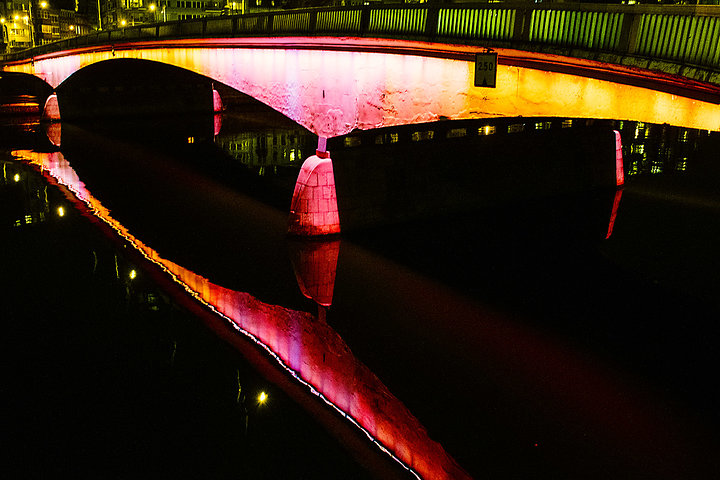 Meuse by night
Meuse by night Gediminas Tower
Gediminas Tower The Baltic Way
The Baltic Way View of Vilius from Gediminas Hill
View of Vilius from Gediminas Hill Old Town from Gediminas Tower
Old Town from Gediminas Tower Choral Synagogue
Choral Synagogue Republic of Uzupis
Republic of Uzupis The Angel of Uzupis
The Angel of Uzupis Keule Ruke
Keule Ruke Gediminas Tower from Pilies Street
Gediminas Tower from Pilies Street Church of Saint Paraskeva
Church of Saint Paraskeva Vilnius Catherdral from Gediminas Hill
Vilnius Catherdral from Gediminas Hill Vilnius Cathedral Belfry
Vilnius Cathedral Belfry Sv.Dvasios Street
Sv.Dvasios Street Vilnius Full Of Space
Vilnius Full Of Space